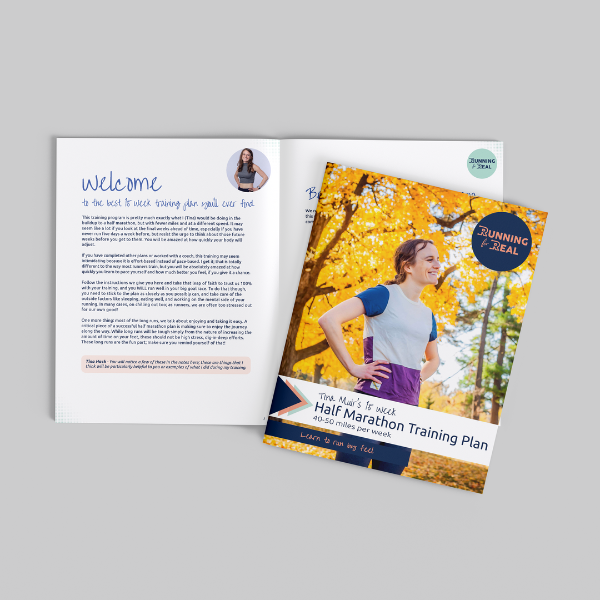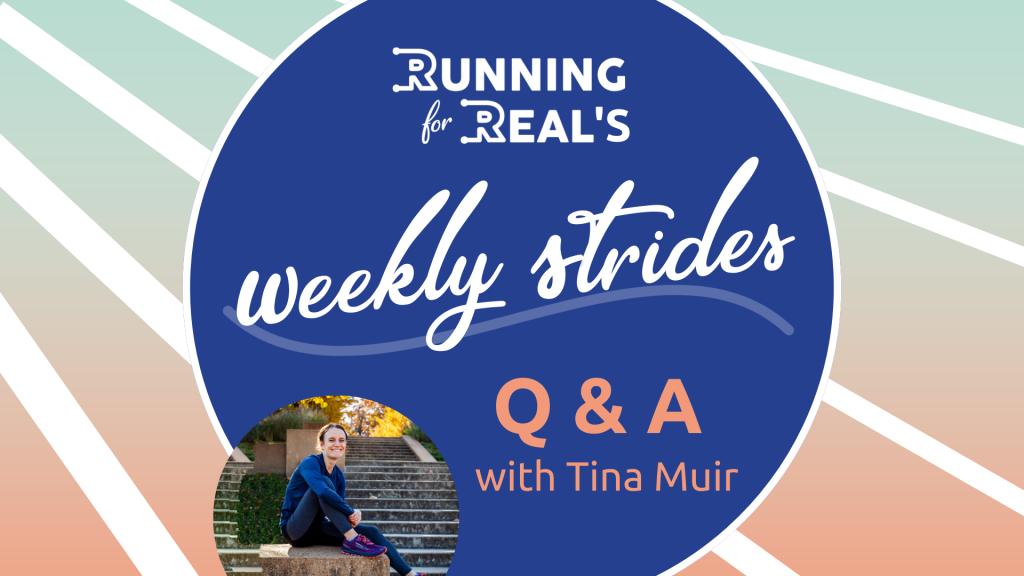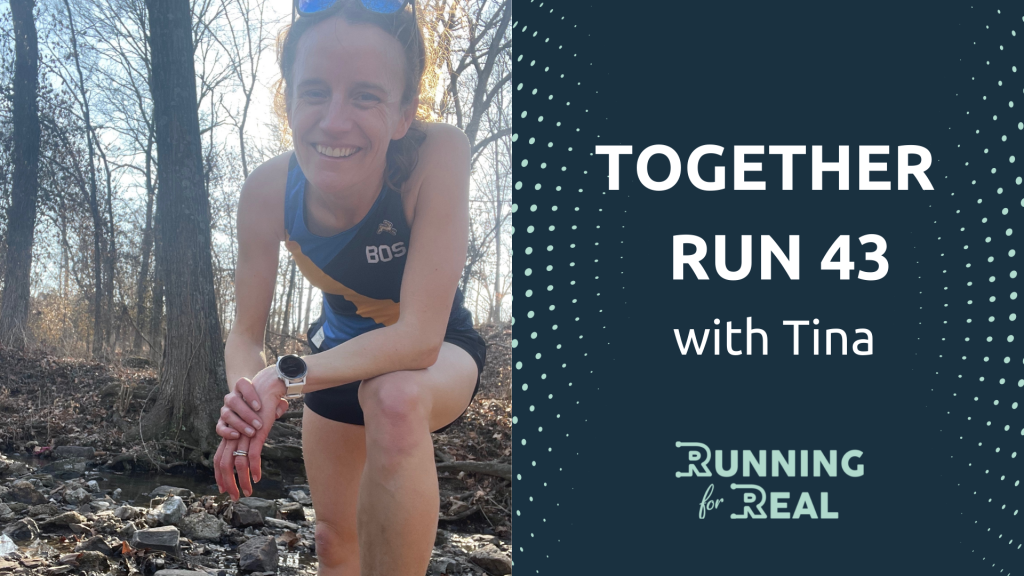After being diagnosed with terminal cancer, Gil Winch decided to fight back in the two areas that he could control – his body and his mind. He wanted to run a half marathon and make the biggest social impact that he could. Since that diagnosis over 20 years ago, he’s run not only that goal half marathon, but four full marathons, and founded CY, a for-profit business that employs people with disabilities and other marginalized populations. He wrote his forthcoming book, Winning with Underdogs, to share what he’s learned about building a more inclusive workplace.
Listen to the Running for Real podcast here:
Apple (iTunes) Podcast | Sticher | Castbox | Overcast | Spotify | Google Play | iHeartradio |
When Gil turned 40, his wife told him to get a physical because, as he says, “apparently when you’re 40, you have to have a checkup.” He did and thought nothing of it, even when the doctor called and told him that he needed to see him. Gil replied that he was busy and would come in next week. “No,” the doctor said, “I need you to come in now.”
The doctor informed him that he had widespread cancer throughout his body, and that although they would do biopsies, if it was what he thought it was, it was incurable. Gil had biopsies sent to three different hospitals and saw four or five specialists, just to be sure. They all came back with the same diagnosis: “It’s widespread, you have it all over, and we don’t know how to fix this kind of cancer.”
The first several weeks were hard. “I was really scared during those four or five weeks,” Gil recalls. “But then I woke up one morning and I wasn’t scared anymore. I was just really, really pissed off and really, really angry, but not with the world or with the doctors. I was really angry with myself and I felt that for the past four or five weeks I wasn’t myself. That’s not who I am. I’m not this kind of person who rolls up and waits to die.”
He realized that one of the most difficult things was feeling helpless “because now the doctors have control. They’re telling you if you live or you’ll die, when you’ll die, how you’ll die. And I decided, ‘No, I don’t want to give them that control.’ I mean, they can say that I have cancer, but that’s all they can say. And with modern medicine, they really can’t say if it’s terminal or not. They can say, ‘We don’t know how to cure it to-date,’ but there’s new stuff coming out all the time. It’ll take you many years to know if it works or not.”
Gil was determined to take back control of his life. He set two goals – to run a half marathon and “to do the biggest social thing I could address.” The running wasn’t pretty at first, but he was determined to run 13.1 miles “to prove that I’m making my body really strong.” Within a year, he says, “Physically, I was feeling great other than a bit of terminal cancer. I was in the best condition I’ve been in probably since I was a teenager, so I was just getting benefits and there was no downside, as far as I could see.”
He ran the half marathon and decided to run a full marathon, which the doctors were against. “They said, ‘You can’t tax your body,’” he recalls. “And I said, ‘I’m not taxing it. Actually, I’m making it stronger.’” He’d built up confidence that the cancer wasn’t going to kill him by running the half, but that belief became total when he completed his first marathon. Meanwhile, he was using his running as “an early warning system.”
“As far as I was concerned,” he explains, “running 10ks at a certain pace was my measuring tape to how well I’m doing. And I figured if the cancer progresses, I might not feel it, but my running would feel it because it’s going to affect me somehow.” After 12 years, his warning system went off. He underwent a year of chemotherapy and other treatments. But he kept running except for the final month and soon was back to his regular regime. That was eight or nine years ago. “As far as I’m concerned,” he says, “with me, running is equated to beating cancer and staying alive. It’s not something I can ever probably stop.”
Gil’s second goal was to find a social purpose, which he did very quickly. “What I found was that people with disabilities all over the world are unemployed and people with severe disabilities are super-unemployed. And when I thought about it for a second, I said, ‘But how can that be?’” He realized that most people with disabilities are on computers and phones at home, which is what most work is nowadays, so why couldn’t that transfer to the work environment?
After five years of study, he put together a model of what a for-profit company employing people with disabilities could look like. A year later, he opened CY, an outsourced call center that allowed him to prove regular productivity. He could compare CY’s metrics to other call centers and prove that his employees were just as productive as theirs, if not more so.
Seventy countries sent representatives to CY to see what they were doing, and following their lead, every call center in Israel started hiring people with disabilities. The United Nations wrote an article about them. But still, Gil says, “I thought that would really, really change the world, but it didn’t.” He realized that what was missing was knowledge.
CY does everything differently from other workplaces. “I realized without the knowledge we’ve acquired being out there, then it’ll just be us in a little local thing, bigger or smaller, but there’ll be no effect on the world. And I really wanted to change the world. I see myself as a citizen of the world. People are people and it doesn’t matter where they live, what their beliefs are, or color, or whatever. They’re people and they deserve a normal life. So to spread the word, I realized I have to write a book about it, and that’s Winning with Underdogs.”
Winning with Underdogs examines the current state of diversity, provides a blueprint for making workplaces more inclusive, and offers guidance on how consumers can encourage companies to make real change, rather than just paying lip service to the idea of equity.
When Gil embarked on his project, someone said to him, “You’re taking, like the Paralympic team to the regular Olympics, and you expect them to do well.” His team has done very well and he hopes that by using the knowledge he shares in Winning with Underdogs, others will be able to do the same.
resources:
Pre-order Winning with Underdogs
Thank you to Allbirds, Marathon Training Academy, and the Running for Real training plans for sponsoring this episode.

Allbirds’ products are made from natural and recycled materials, and best of all, they know who they are. They are confident in what they do, and are changing the entire running industry before our eyes.
You can see their entire collection on their website.
Runner’s World says this about Marathon Training Academy: “If you’re training for 26.2, running coach Angie Spencer and her husband, Trevor, have everything you need to reach the finish line. The duo provides plenty of training tips, interviews, and reviews of marathons from around the world. (Angie has run one in every state!) While they don’t always bring on guests, runners like Sara Hall, Dathan Ritzenhein, and even actor Sean Astin have all stopped by.”
To find the podcast just type “marathon training” into Apple, Spotify, or wherever you get your podcasts and you will find them, or visit their website.

If you’ve decided it’s time to accomplish a new running goal, check out our 100% effort-based training plans. You’ll run entirely by feel and if you’ve never done that before, don’t worry, this plan is going to teach you how to trust your body to tell you what it’s ready for. It will leave you confident, prepared, and in the best shape of your life. There’s a 5k/10k plan, a half marathon plan, a marathon plan, and a one mile/speed segment plan.
You can find them all here on our website.
Thanks for listening!
We know there are so many podcasts you could listen to, and we are honored you have chosen Running For Real. If you appreciate the work that we do, here are a few things you can do to support us:
- Take a screenshot of the episode, and share it with your friends, family, and community on social media, especially if you feel that the topic will resonate with them. Be sure to tag us on Twitter, Facebook, Instagram
- Leave an honest review on iTunes or your favorite podcast player.
- Your ratings and reviews will really help us grow and reach new people.
Not sure how to leave a review or subscribe? You can find out here.
“Thank you” to Gil. We look forward to hearing your thoughts on the show.



